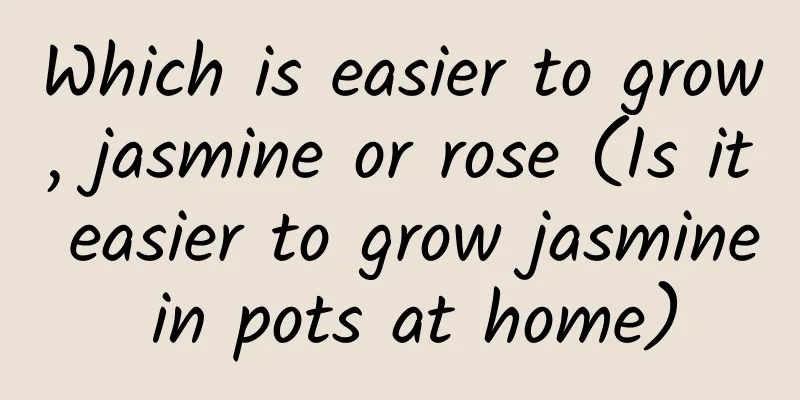How to grow ground lotus and how much does it cost per pot

1. Breeding methods1. Water: During the growth period of ground nasturtium, attention should be paid to the amount of water in the soil. Maintaining a slightly moist state is beneficial to its growth. You can water the plants appropriately when the weather is hot, but on rainy days you need to do a good job of drainage to prevent water accumulation. 2. Fertilization: In spring and autumn, you can apply organic fertilizer, but it must be decomposed before use. Do not use raw fertilizer. During its vigorous growth period, it needs timely top dressing. If no fertilizer is applied, it will affect its growth and flowering. 3. Pruning: After flowering, the above-ground pseudostems of the plant will slowly die, and we need to prune them in time. 4. Pest and disease control: If the breeding environment has poor ventilation, it is easy to be attacked by scale insects. Once discovered, use omethoate to spray and kill them immediately. 2. How much is a pot?The prices of ground orchids are different. The cheapest ones are about 20 yuan per plant, and the slightly more expensive ones are more than 50 yuan per plant. If you buy in larger quantities, the price will be cheaper. |
>>: How to grow Huilan orchids to make them bloom, how to grow them just after they are potted
Recommend
How to grow a copper coin tree
1. Lighting The coin tree loves sunlight very muc...
The Flower Language and Legend of Snowdrop
The flower language of snowdrop The flower langua...
How to reproduce the golden orchid
Reproduction method Layering This method of propa...
Safflower planting conditions and environmental requirements are suitable for planting in places
Safflower Planting Conditions Safflower prefers a...
Planting methods and management of Chadian Rose-scented grapes
Rose-scented grapes are a mid-late maturing varie...
What is the cause of black tips on orchids?
1. Too much light Reason: Orchids are very afraid...
When is the best time to plant shallots in spring?
As a common seasoning vegetable , shallots play a...
How to grow Euphorbia obesa in winter? Can it be pruned in winter?
1. Keep warm Since the temperature is low in wint...
Methods and precautions for hydroponic cultivation of Brazilian wood Methods for hydroponic cultivation of Brazilian wood
Brazilian wood, also known as Brazilian iron tree...
Which month is suitable for planting open-air strawberries?
When to plant outdoor strawberries Open-air straw...
What are the commonly used fertilizers for growing flowers at home?
There are two types of fertilizers commonly used:...
When is the best time to repot the fuchsia and what should be paid attention to when repotting
Time to repot fuchsia Fuchsia needs to be repotte...
How to grow fig trees
Basic needs for fig growth Lighting conditions Th...
What kind of fertilizer is good for coriander base fertilizer? The function and method of base fertilizer application
The role of coriander base fertilizer When planti...
Diseases and pests of globe amaranth and their control methods
Globe amaranth leaf spot symptom When the disease...









